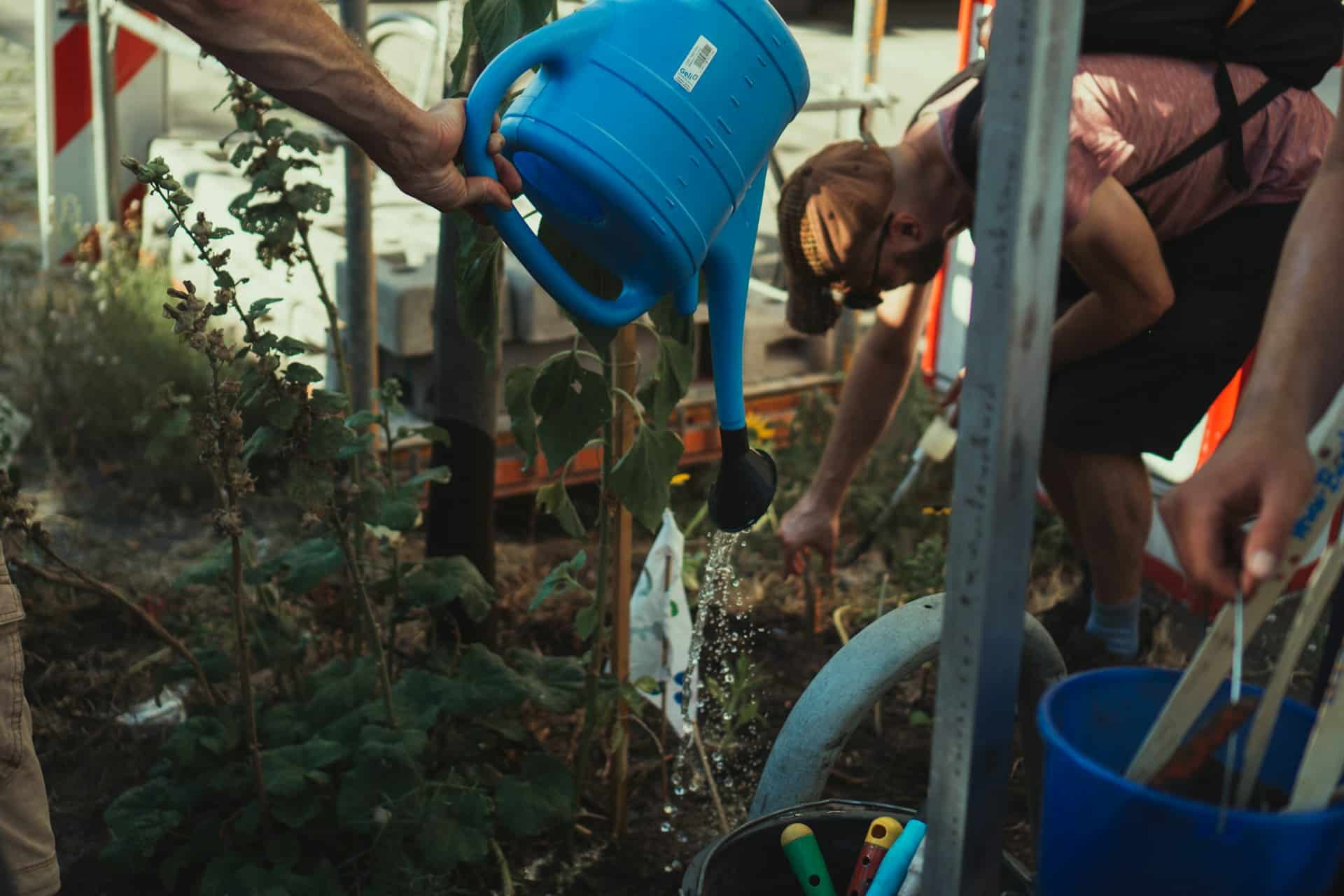Rain barrels are a simple, efficient, and environmentally friendly way to collect and utilise rainwater. They can be a crucial part of a sustainable urban gardening setup, providing a reliable and cost-effective water source for your beloved plants. This article will outline the steps to establish your rain barrel system for garden irrigation in the UK.
Understanding the Benefits of Rainwater Harvesting
Rainwater harvesting is an eco-friendly activity that reaps numerous benefits. It’s an ancient practice with a modern-day appeal, especially in urban areas where water resources can be scarce.
A lire également : How to Use Mycorrhizal Fungi to Enhance Root Growth in UK Fruit Trees?
Maximising Water Efficiency
Firstly, rainwater harvesting allows you to maximize water efficiency in your garden. Utilising rainwater reduces dependency on the municipal water supply. This not only cuts down on your utility bills over the course of a year, but also ensures your garden can thrive even during water restrictions or droughts.
Benefiting Your Plants
Secondly, plants simply prefer rainwater. Rainwater is naturally softened and doesn’t contain the chlorine, lime, or calcium that are often present in tap water. These chemicals can build up in your soil over time, hindering plant growth. By using rainwater, you provide your plants with a cleaner, more natural source of hydration.
En parallèle : What Are the Best Practices for Winterizing Tropical Plants in a UK Greenhouse?
Choosing the Right Rain Barrel
The next step in setting up your rain barrel system is selecting the appropriate barrel. Here are some factors to consider.
Material and Capacity
Rain barrels are typically made of plastic, wood, or metal, with plastic being the most common and affordable. The capacity of rain barrels varies, but volumes of 50-80 gallons are common. Larger barrels are available, but keep in mind that water is heavy, and a full 60-gallon barrel could weigh over 500 pounds.
Design and Features
In terms of design, some barrels are more aesthetically pleasing than others. Choose one that fits well with your garden style. Key features to look out for include a tight-fitting, child-proof lid (to prevent accidental drowning and mosquito breeding), an overflow spout, and a spigot near the bottom where you can attach your hose.
Installing Your Rain Barrel System
Once you’ve selected your rain barrel, it’s time to install it. Position is crucial – the barrel should be located near a downspout from your gutter system, but also close enough to your garden for easy watering.
Positioning and Preparing the Barrel
You’ll need to prepare a flat, stable surface for the barrel. Many people use cinder blocks or a sturdy wooden stand. The barrel should be raised off the ground, as this will provide gravity assistance for when you connect your hose.
Connecting to the Downspout
Next, connect the rain barrel to the downspout. You’ll need to cut the downspout (a hacksaw will do) and then attach a diverter. The diverter will channel water into the barrel when it rains, and allow excess water to continue down the downspout when the barrel is full.
Setting up the Overflow and the Hose
Finally, attach an overflow hose to the overflow spout on your barrel. This will direct excess water away from your home’s foundation. Lastly, attach a hose to the spigot at the bottom of the barrel, and you’re ready to start watering your garden with rainwater!
Maintaining Your Rain Barrel System
Maintaining your rain barrel system is a straightforward process. Doing so will ensure its longevity and effectiveness in irrigation.
Keeping Your Barrel Clean
Keep the barrel clean to prevent algae growth and unpleasant odours. Regularly clear out leaves and other debris from the lid. If algae does develop, you can clean the barrel with a mixture of vinegar and water.
Winter Care
In areas with freezing winter temperatures, it’s essential to winterise your rain barrel. Disconnect it from the downspout, drain it completely, and store it upside down or in a shed or garage. This will prevent damage due to freezing and thawing.
When you set up a rain barrel system for garden irrigation, you’re not only being kinder to your wallet but also to the environment. It’s a win-win situation. So, don your gardening gloves and make the most of the UK’s rainy weather to create a lush, thriving urban garden.
Enhancing Your Irrigation System
After setting up your basic rain barrel system, you can further maximise its efficiency by incorporating it into a more comprehensive irrigation system for your garden.
Incorporating a Soaker Hose
A soaker hose is a simple and cost-effective addition to your rain barrel irrigation system. Instead of lugging around a watering can or manually directing a hose, a soaker hose allows you to deliver water directly to your plants’ roots. This not only reduces water waste but also prevents the spread of disease by keeping foliage dry. To use, simply connect the soaker hose to the spigot on your rain barrel and lay it out through your garden beds. The water pressure from the raised barrel will allow the water to seep out through the porous hose, directly irrigating your plants.
Adding a Drip Irrigation System
Another method to enhance your irrigation system is by installing a drip irrigation system. Similar to a soaker hose, drip irrigation delivers water directly to your plants’ roots. However, it offers more control over the amount of water each plant receives, making it ideal for gardens with a variety of plant types with different watering needs. Drip irrigation systems can be a little more complex to set up, and may require a pump to increase water pressure if your garden is large or your rain barrel isn’t high enough.
Utilising Grey Water
While not directly related to your rain barrel, consider incorporating grey water – lightly used water from your home (like bath, shower, and laundry water) – into your irrigation system. This provides yet another source of water for your plants and further reduces your reliance on the municipal water supply. Note that grey water should only be used for watering ornamental plants and not edible ones, as it may contain detergents or other chemicals.
Conclusion: Making the Most of Your Rainwater Collection System
In conclusion, a rain barrel system provides a sustainable solution to water your garden, especially in urban areas where access to water can be limited. Not only does a rain barrel system help conserve water and save on utility costs, but it also provides your plants with the natural water they prefer.
By maintaining your system properly and considering enhancements like a soaker hose or a drip irrigation system, you can ensure that your garden thrives, regardless of the weather. Additionally, the use of grey water provides another avenue for you to sustain your garden without taxing the urban water supply.
Remember to regularly check your rain barrel system, ensuring that it is clean and operating effectively. During winter months, don’t forget to prepare your system for the cold to prevent damage.
With your rain barrel system in place, you’re harnessing the power of natural resources, demonstrating that urban gardening in the UK is not only possible, but also sustainable and rewarding. After all, what better way to appreciate the UK’s rainy weather than by using it to cultivate a lush, vibrant garden? So, don your gloves, keep your watering can aside, and let your rain barrel system do the work. Happy gardening!










